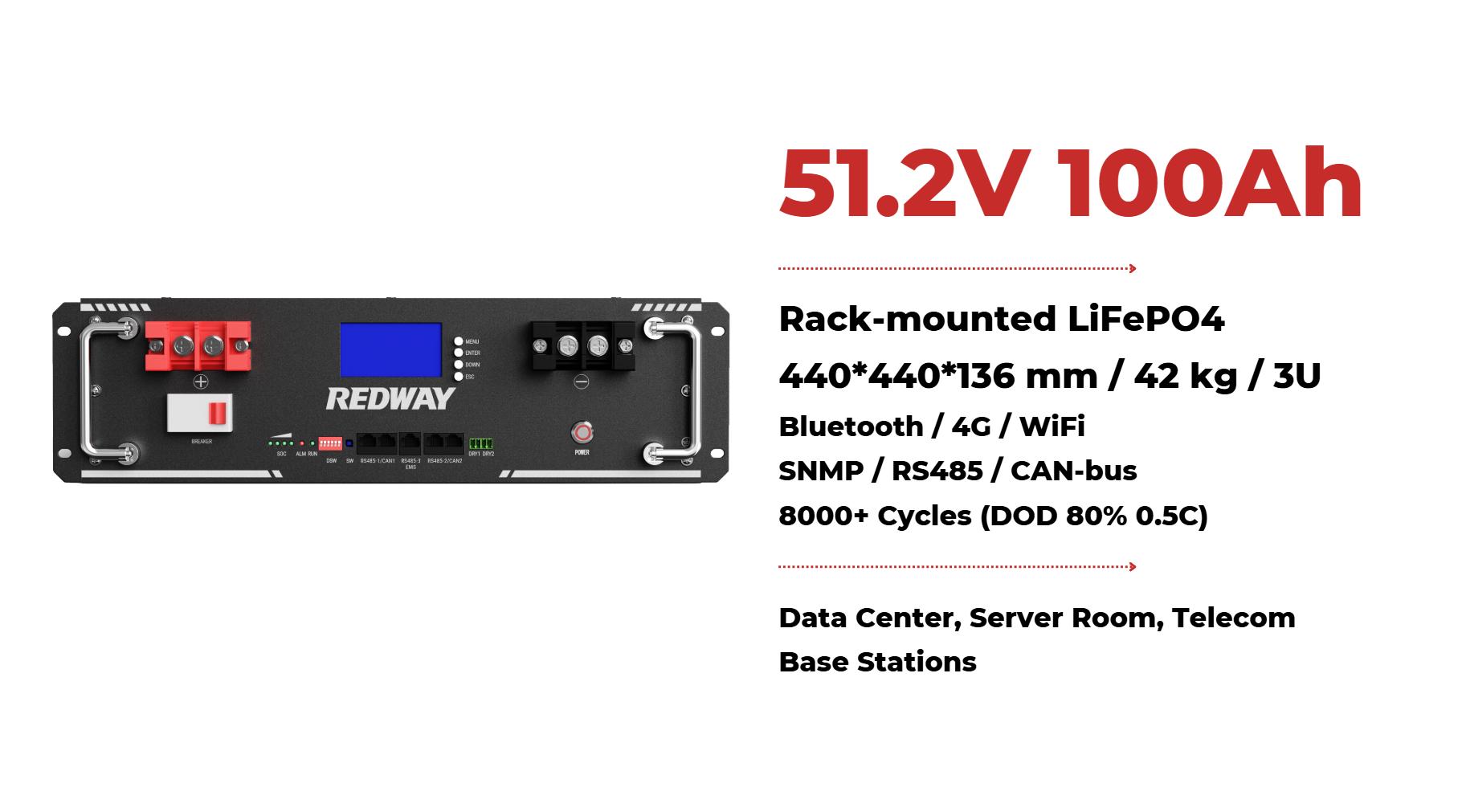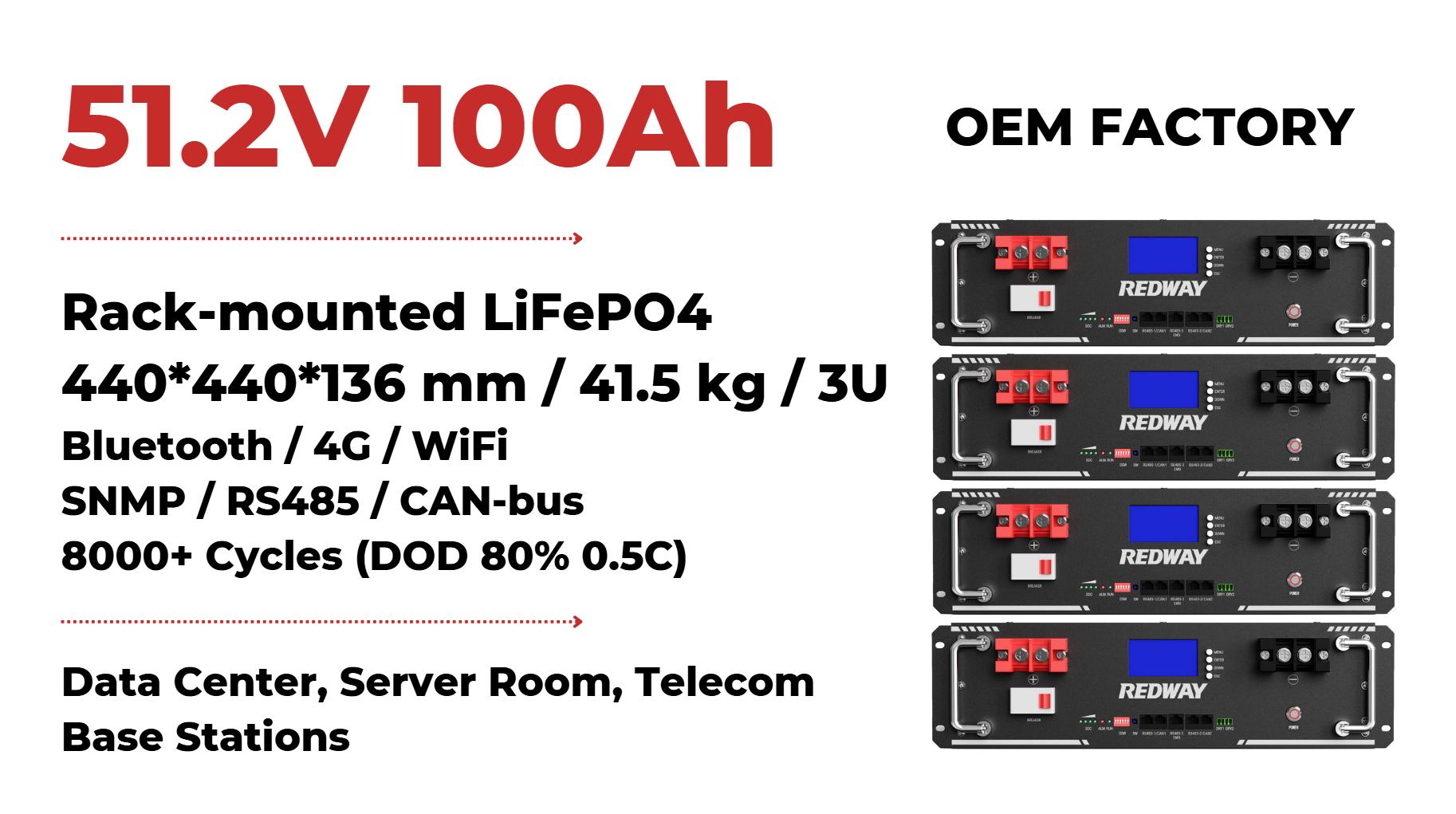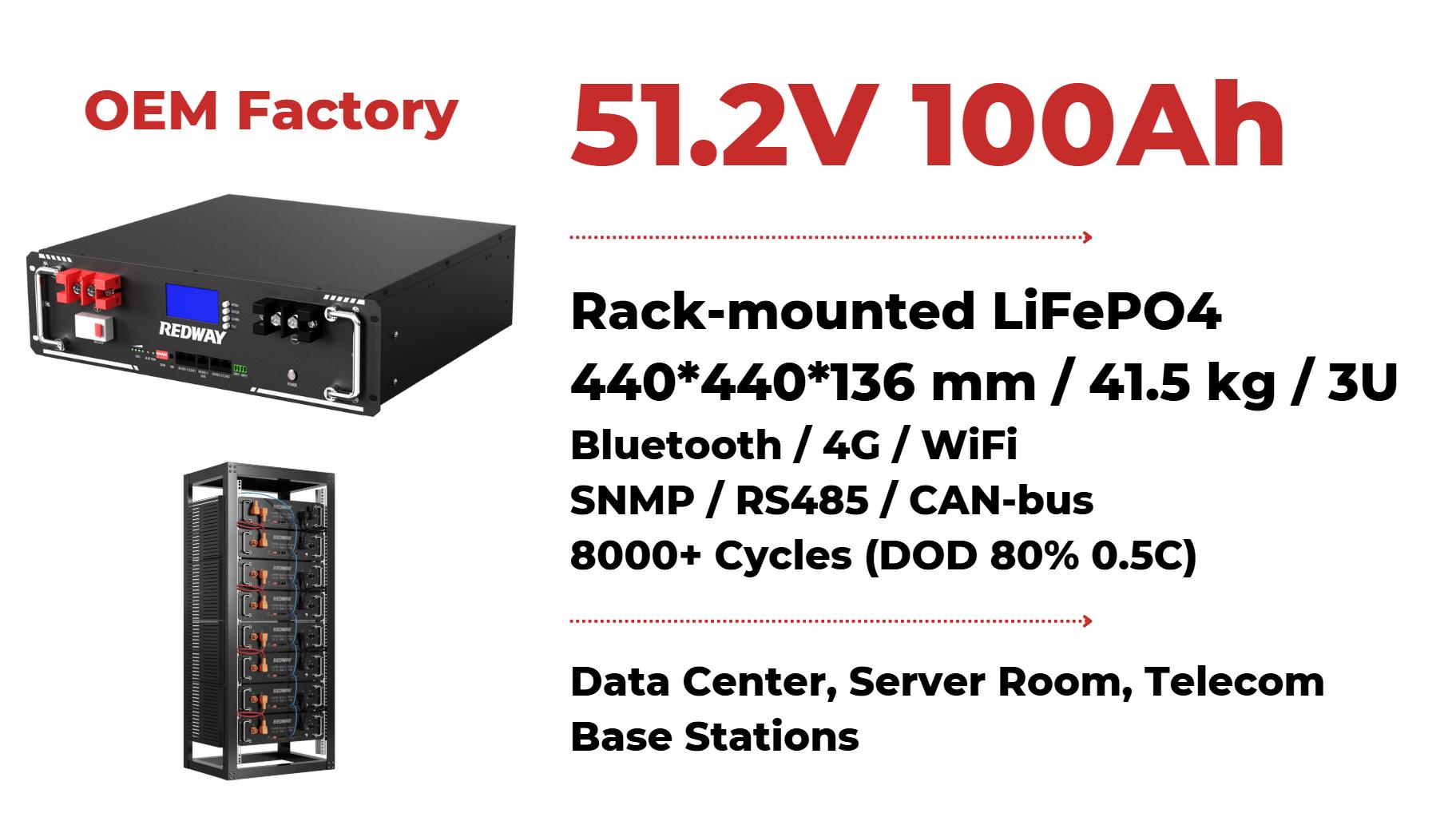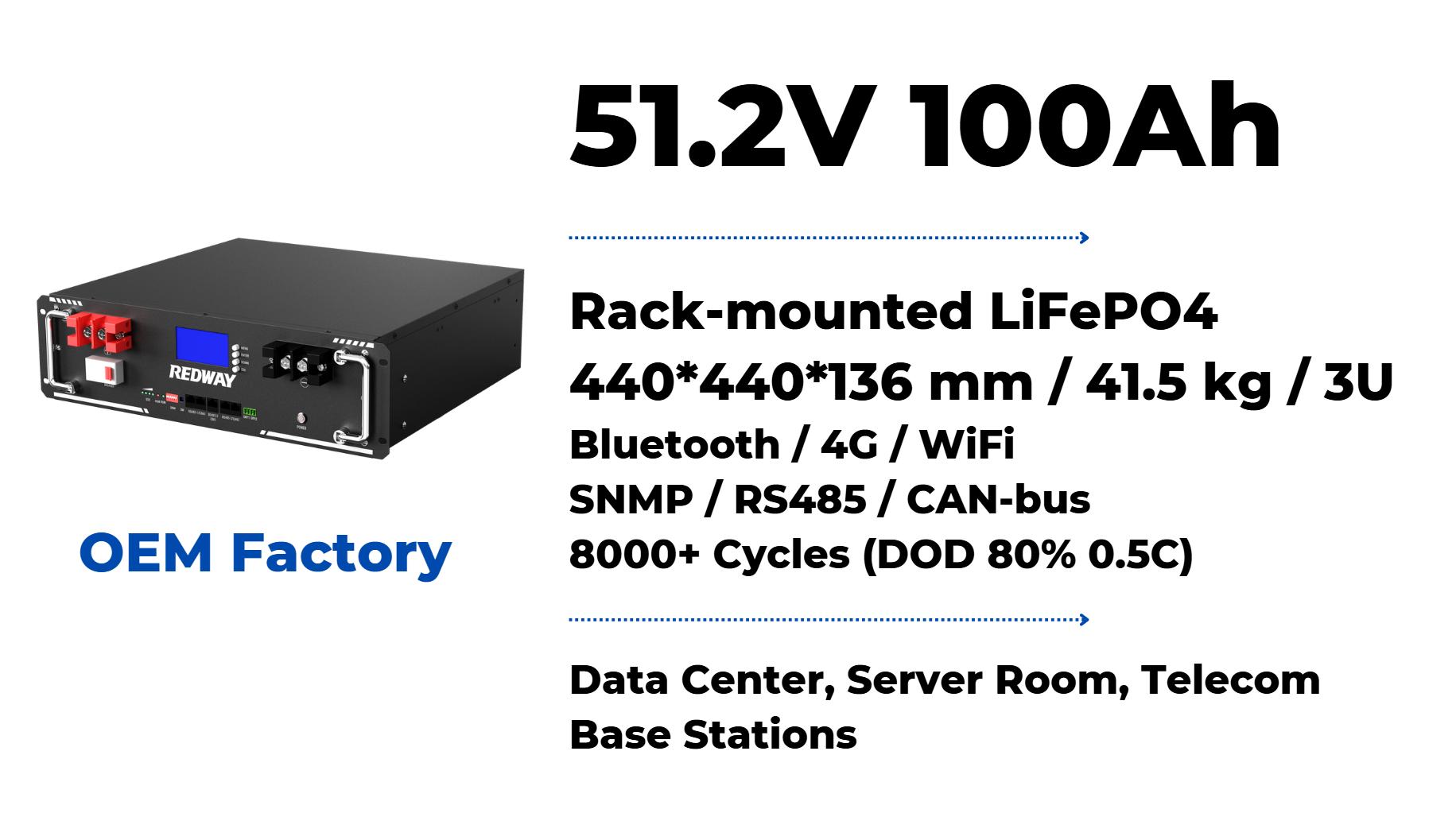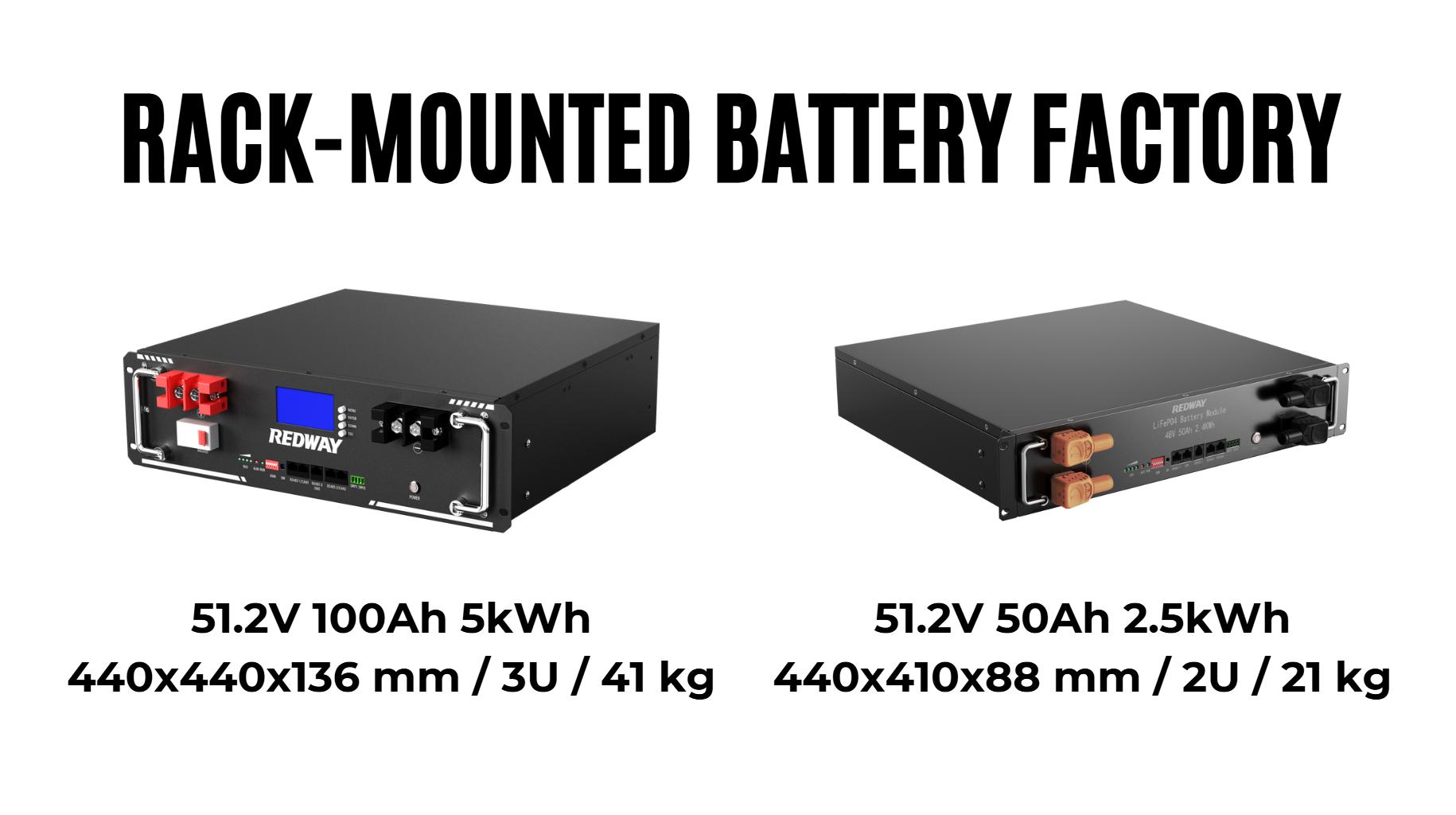Future Trends in Rack Mounted Battery Technology: What to Expect
As the demand for efficient energy storage solutions continues to grow, the rack mounted battery technology sector is poised for significant advancements. These innovations will enhance performance, safety, and sustainability, addressing the evolving needs of various industries. Here, we explore key trends shaping the future of rack mounted batteries.
Future trends in rack-mounted battery technology include higher energy density for more power storage in smaller spaces! We can also expect improved safety features, modular designs for easier scaling, and better integration with smart grid technologies!
1. Increased Energy Density
1.1. Advances in Chemistry
Future developments in battery chemistry, particularly with lithium iron phosphate (LiFePO4) and other lithium-ion technologies, are expected to result in higher energy densities. This means more energy can be stored in a smaller footprint, optimizing space in data centers and industrial applications.
1.2. Solid-State Batteries
The transition from liquid to solid-state batteries promises to revolutionize rack mounted systems. Solid-state technology not only offers higher energy densities but also improves safety by reducing flammability risks associated with liquid electrolytes.
2. Enhanced Battery Management Systems (BMS)
2.1. Smart Monitoring and AI Integration
Future rack mounted battery systems will likely incorporate smart monitoring capabilities powered by artificial intelligence. These systems will analyze performance data in real-time, optimizing charging cycles and extending battery life through predictive maintenance.
2.2. Remote Management
With advancements in IoT (Internet of Things), remote management capabilities will become standard. Users will be able to monitor and control battery systems from anywhere, enhancing operational efficiency and responsiveness.
3. Modular and Scalable Designs
3.1. Customizable Solutions
As energy needs vary widely among users, modular battery designs will become increasingly popular. These systems allow for easy expansion, enabling users to scale their energy storage solutions according to demand without significant overhauls.
3.2. Plug-and-Play Features
The development of plug-and-play battery modules will simplify installation and maintenance. Users will be able to swap out faulty modules or add capacity with minimal disruption to operations.
4. Sustainability and Recycling Innovations
4.1. Eco-Friendly Materials
The industry is moving towards more sustainable battery materials. Innovations in biodegradable components and recyclable materials will reduce environmental impact, promoting a circular economy in battery production.
4.2. Efficient Recycling Processes
Future trends will also focus on enhancing recycling processes for LiFePO4 batteries. Advances in recycling technology will make it easier and more cost-effective to recover valuable materials, contributing to sustainability.
5. Enhanced Safety Features
5.1. Advanced Thermal Management
As battery performance improves, so will the thermal management systems. Innovations in materials and design will lead to better heat dissipation, minimizing risks associated with overheating.
5.2. Built-in Safety Protocols
The integration of automated safety protocols will become standard. Future systems will feature advanced safeguards against overcharging, short circuits, and other potential hazards, further enhancing user confidence.
6. Cost Reductions
6.1. Economies of Scale
As demand for rack mounted battery systems grows, manufacturers will achieve economies of scale, leading to lower production costs. This trend will make advanced battery technologies more accessible to a wider range of users.
6.2. Increased Competition
The entry of new players into the market will drive competition, resulting in price reductions and improved technology offerings. Consumers can expect better performance at lower prices.
Conclusion
The future of rack mounted battery technology is bright, with exciting advancements on the horizon. As energy density increases, safety features evolve, and sustainability becomes a priority, users can expect more efficient, reliable, and environmentally friendly battery solutions. Staying abreast of these trends will be crucial for businesses looking to optimize their energy storage capabilities in a rapidly changing landscape.


